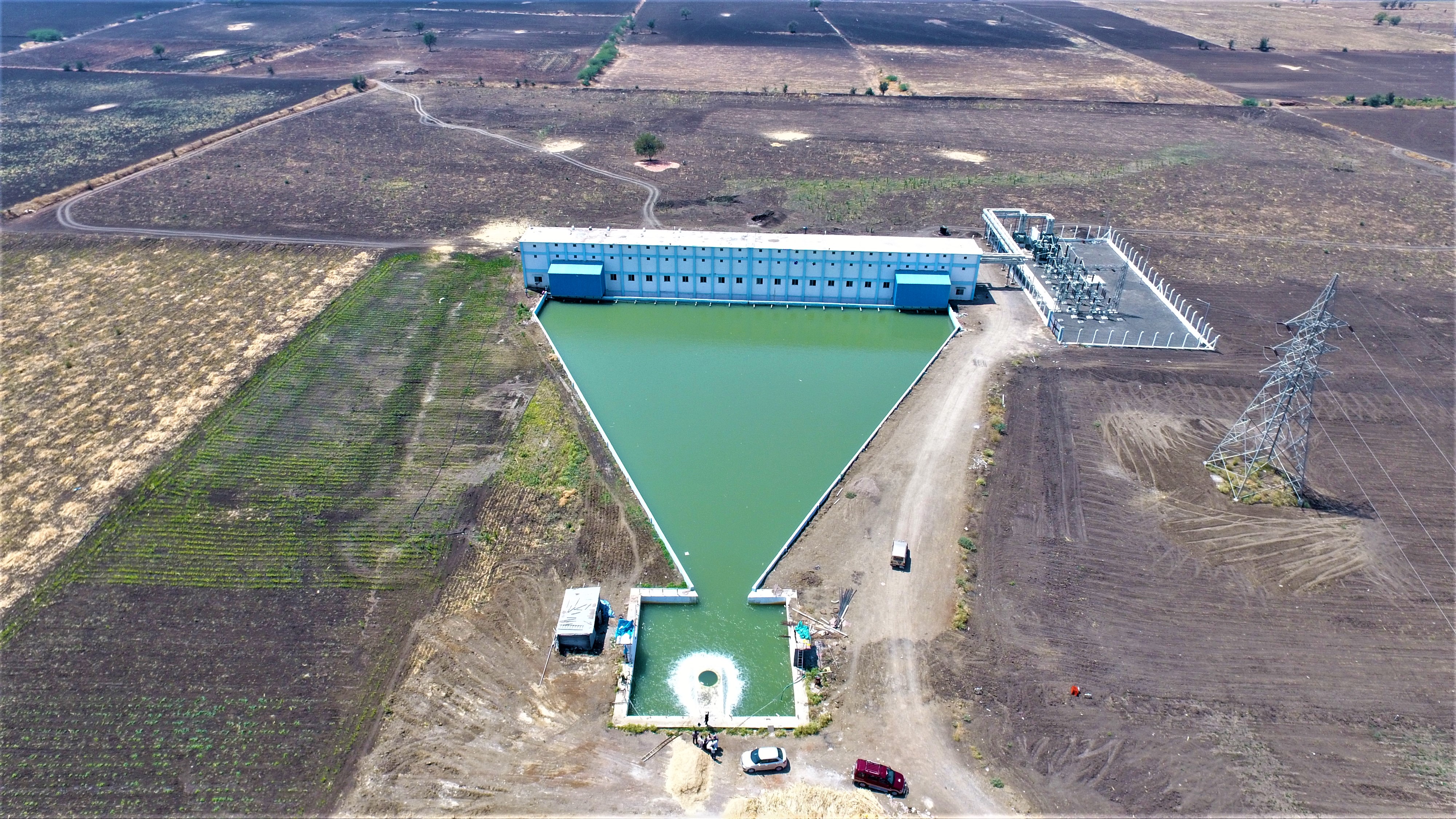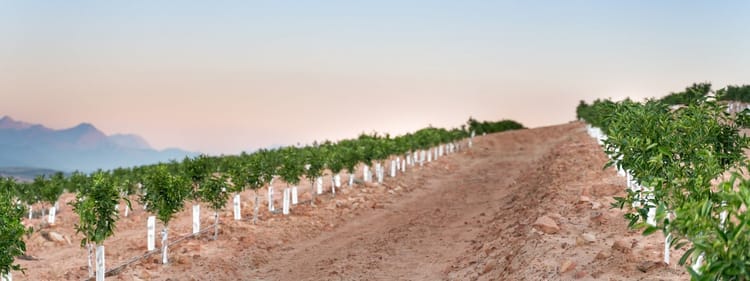Community irrigation
The idea of community irrigation arose from the simple underlying principle of bringing an entire agricultural community together, along with the government and the private sector, to establish systematic and sustainable irrigation practices.
The concept relies on economies-of-scale to develop the necessary infrastructure at a large scale, while providing small-scale farmers an advanced precision irrigation system. It is a holistic approach to sustainably manage all the natural resources and provide small stakeholders with the necessary infrastructure for sustainable farming practices.
The collaboration between government and the private sector further ensures that these rural communities’ quality of life is improved, they are encouraged to adopt advanced technology, and institutional policies are implemented for sustainable usage of natural resources.
The ideology of community irrigation stands on three primary pillars:
- Shared advanced and innovative technology.
- Bulk supply of water from the source to the field.
- Producer success initiatives such as training centres, on-site agronomic and technical support, easy access to the local markets and more.
Community irrigation is not only beneficial for individual stakeholders, but it is also immensely advantageous for the entire world, which relies on water and adequate agricultural produce.
Netafim’s community drip irrigation project in Ramthal, India, is the largest of its kind in Asia. It has opened the gates to other successful community irrigation projects in the region. The project has implemented a network of pressurised pipelines from a sole source for delivering drip-irrigated water to the designated area.
A new system of distribution pipelines was built to transfer water from the reservoirs and canals in the most efficient way possible. Furthermore, a filtration system was introduced to make sure that the water quality was of a high standard. A Fertigation™ system introduces dissolved fertiliser with the irrigation water. This has led to local farmers being able to produce a greater yield at a lower cost. Besides offering smooth, sustainable farming activities, this project has also paved the way for social peace by ensuring equal distribution of water to all the producers, and gradually bringing prosperity to the drought-stricken areas.
Netafim’s Tarikere and Singatalur 1 community irrigation projects, also in India, followed the Ramthal project. A third megadeal was announced recently. The new deal includes three large projects in India involving the construction of irrigation systems that follow the community irrigation model.






Share your thoughts
Comments
We'd love to hear your thoughts! To enter a comment, type your name and email address.